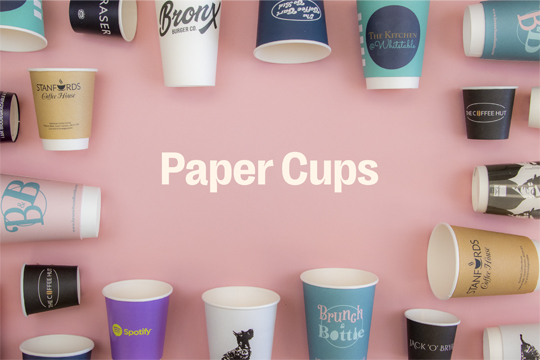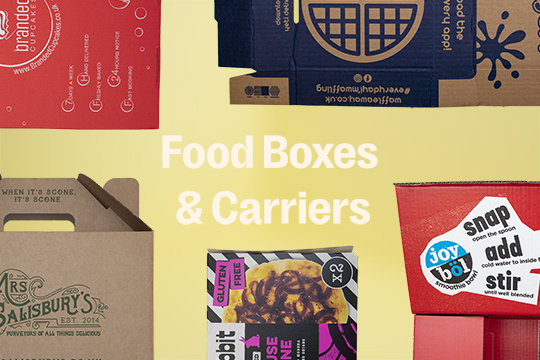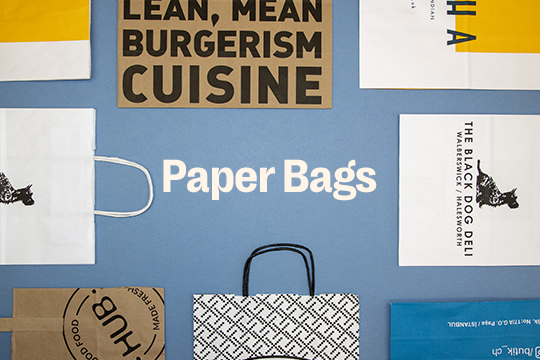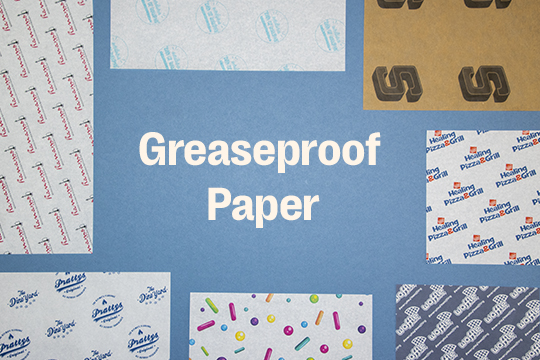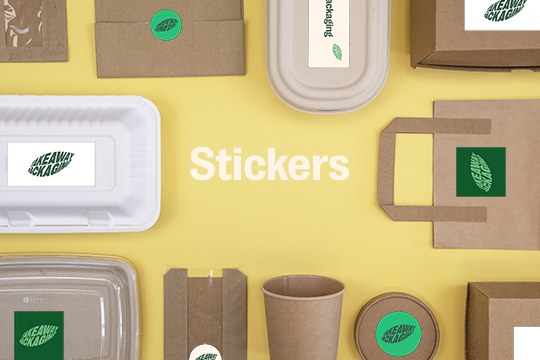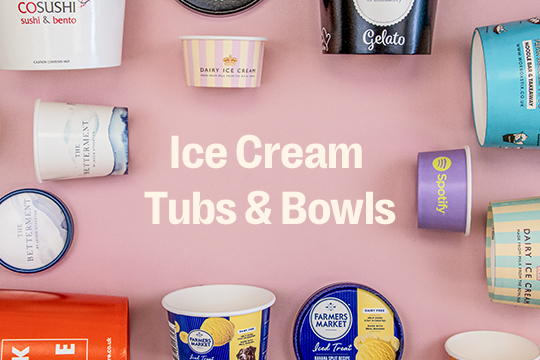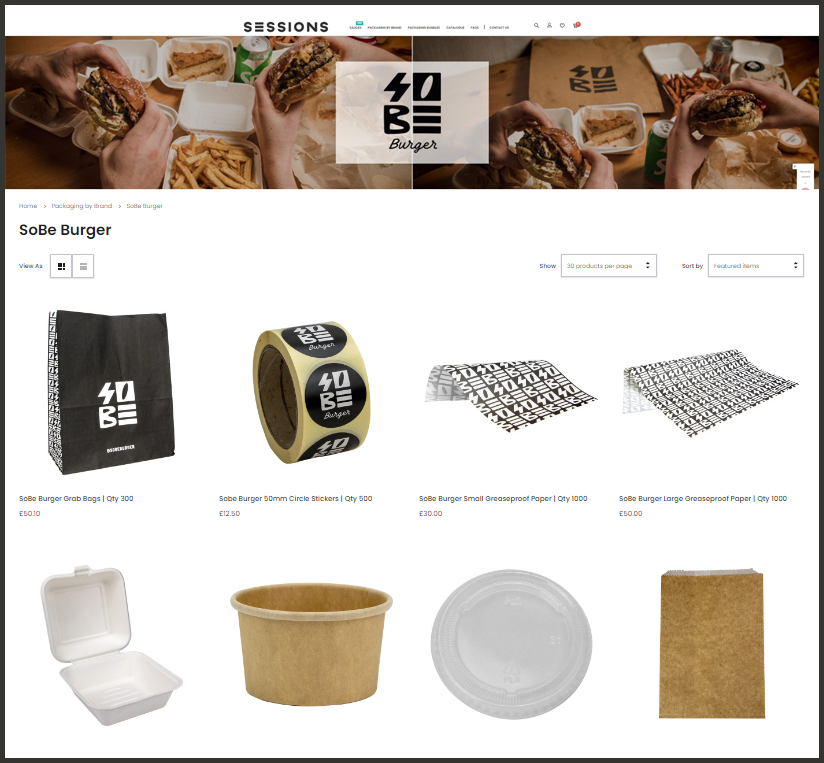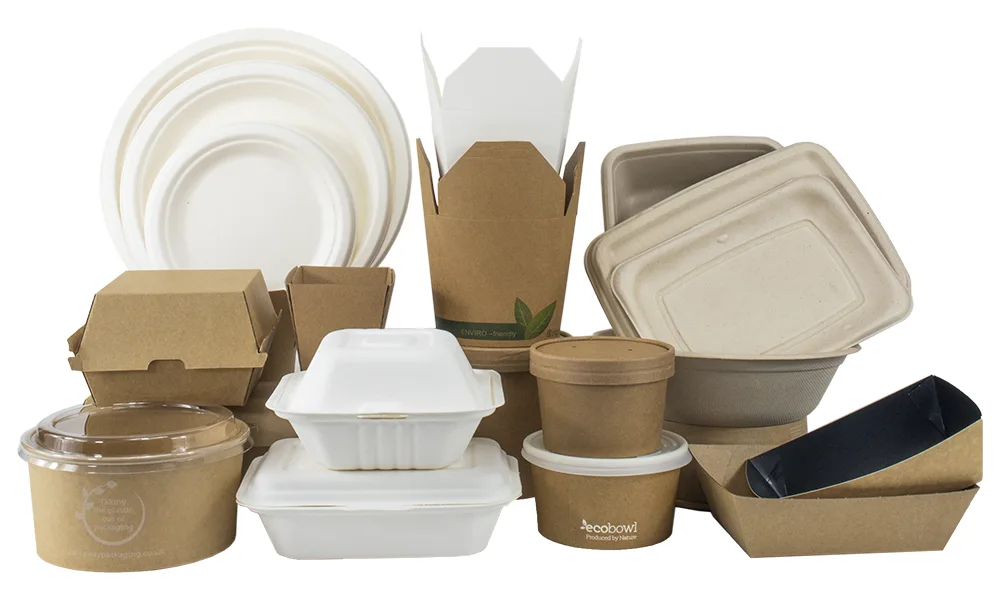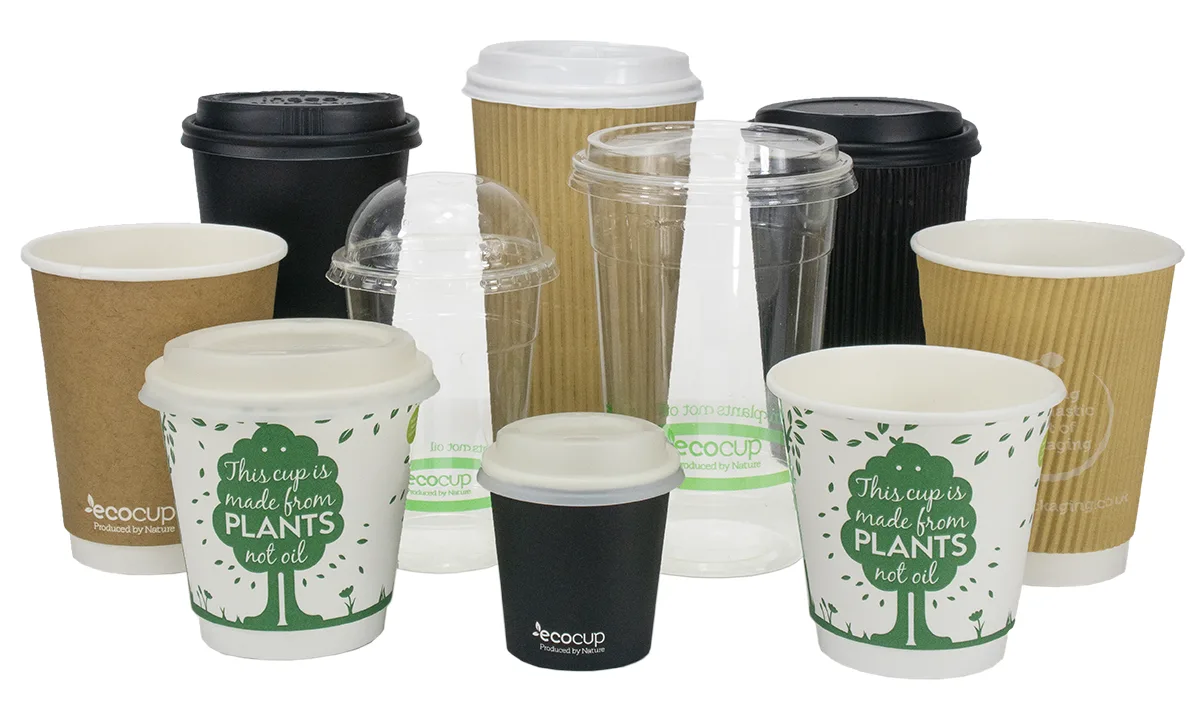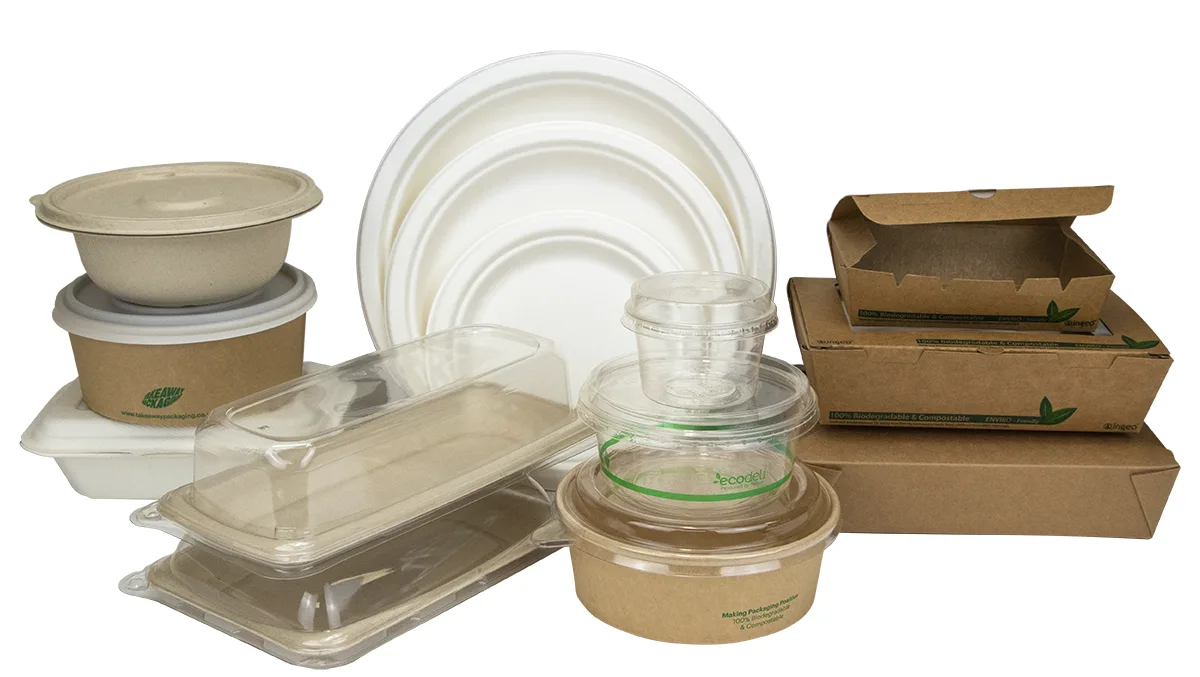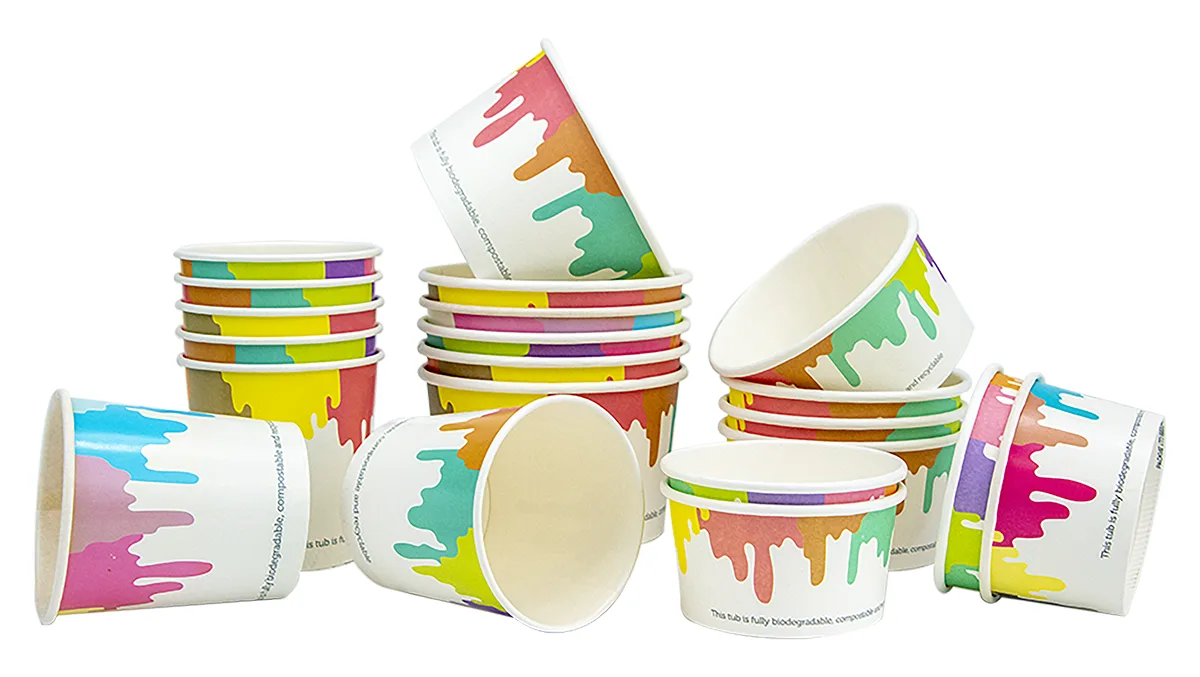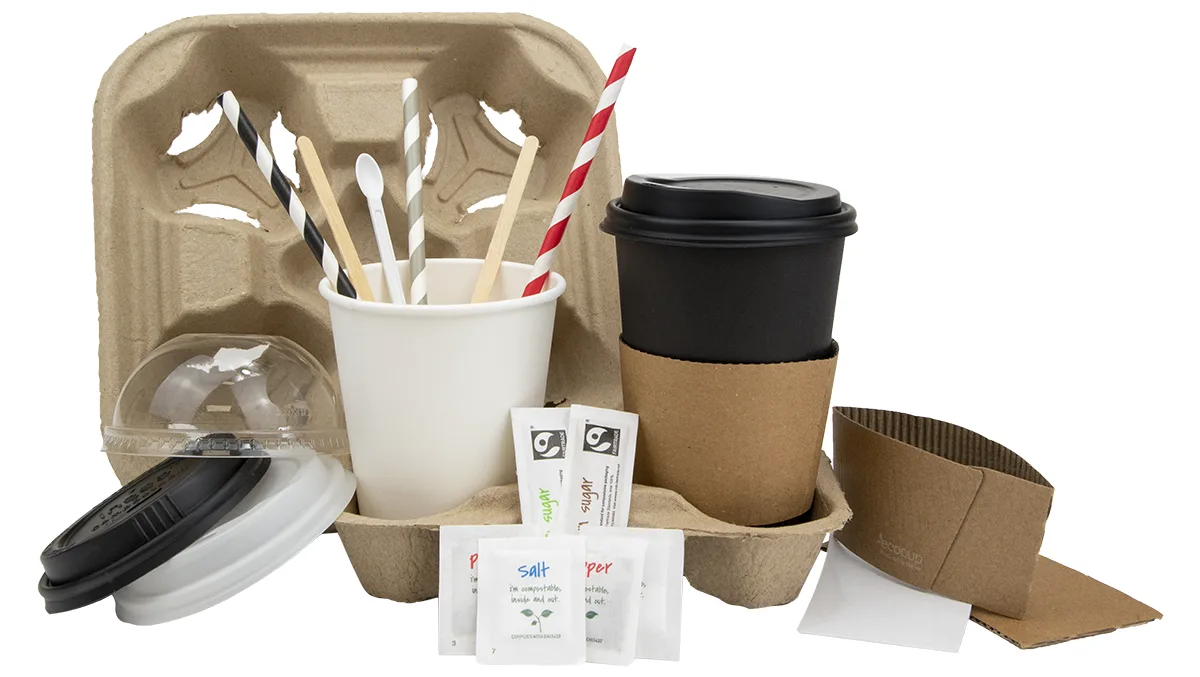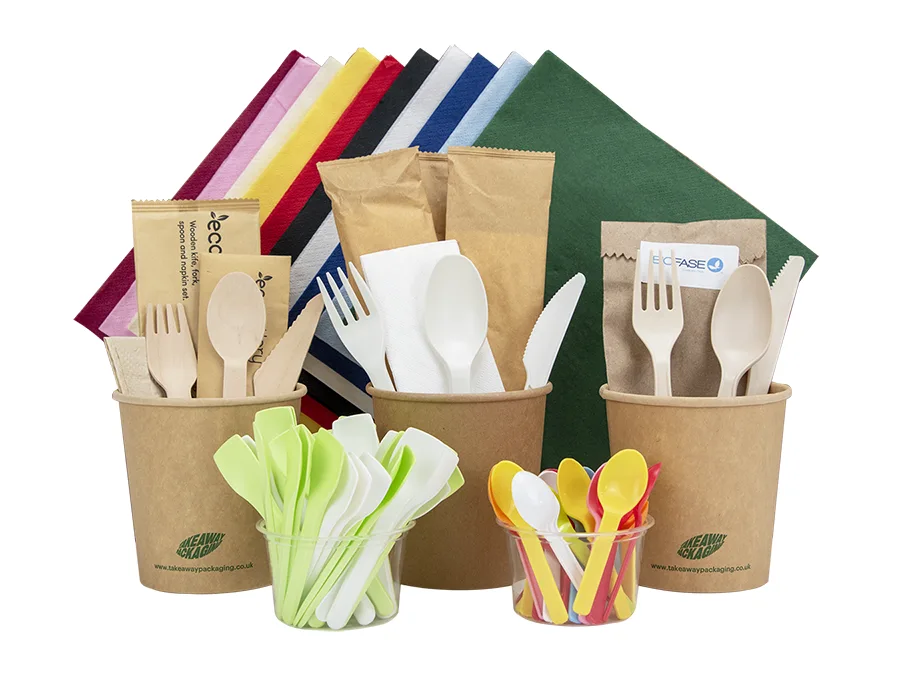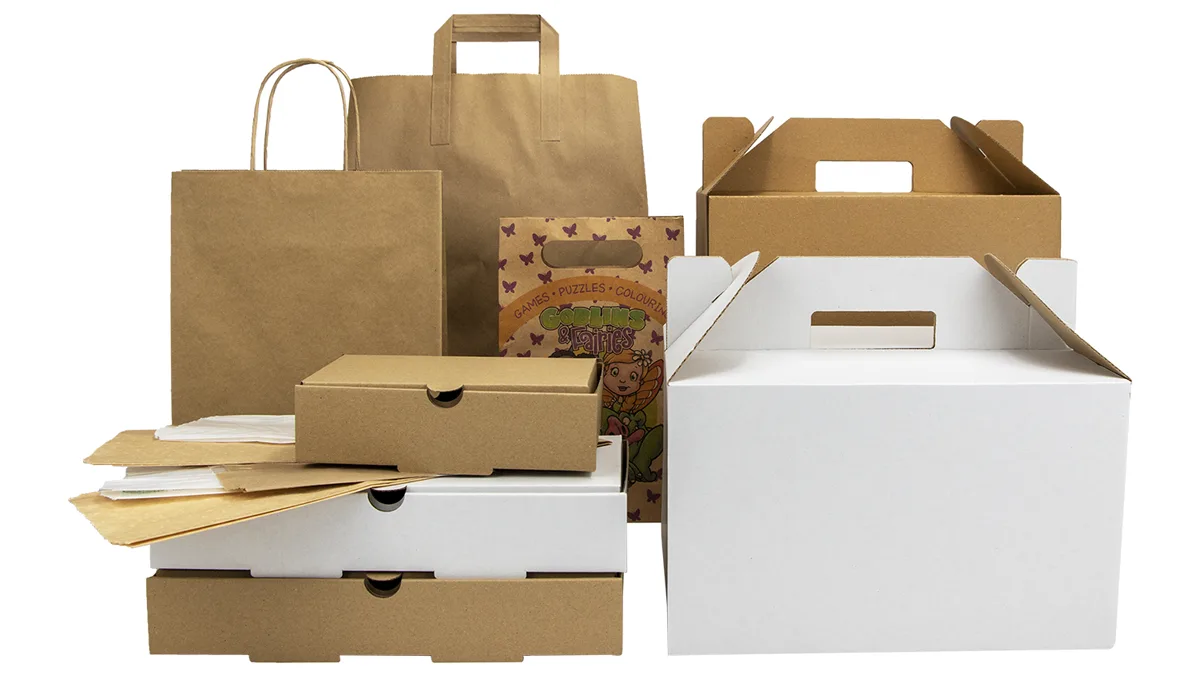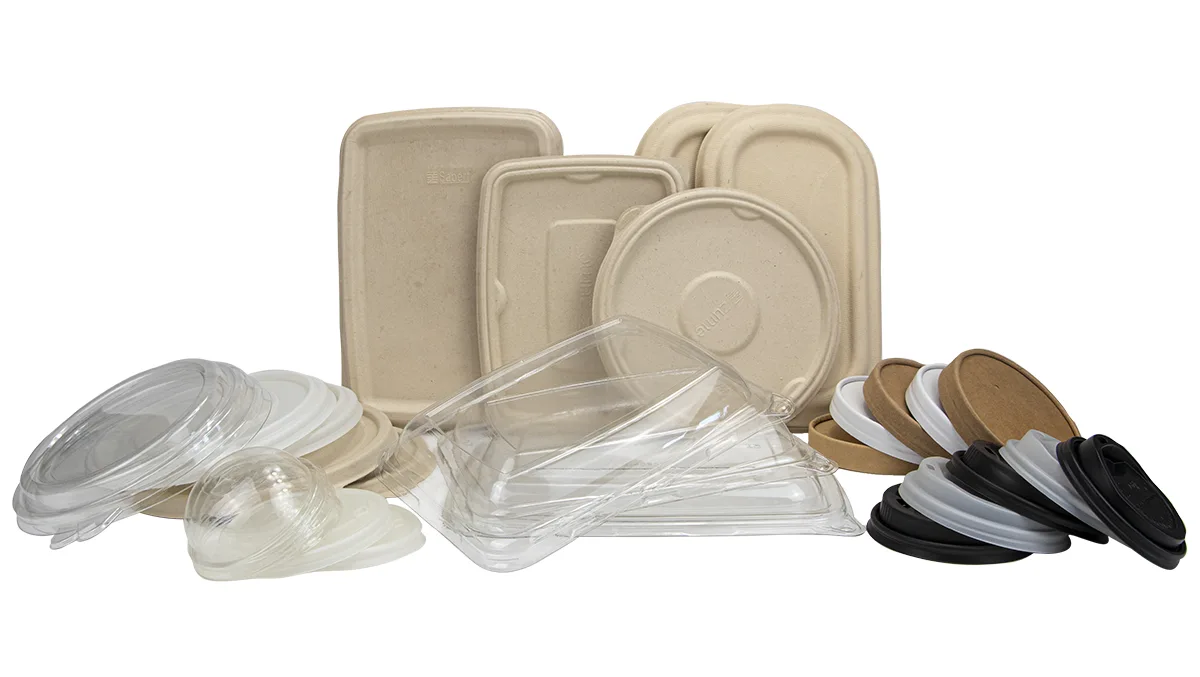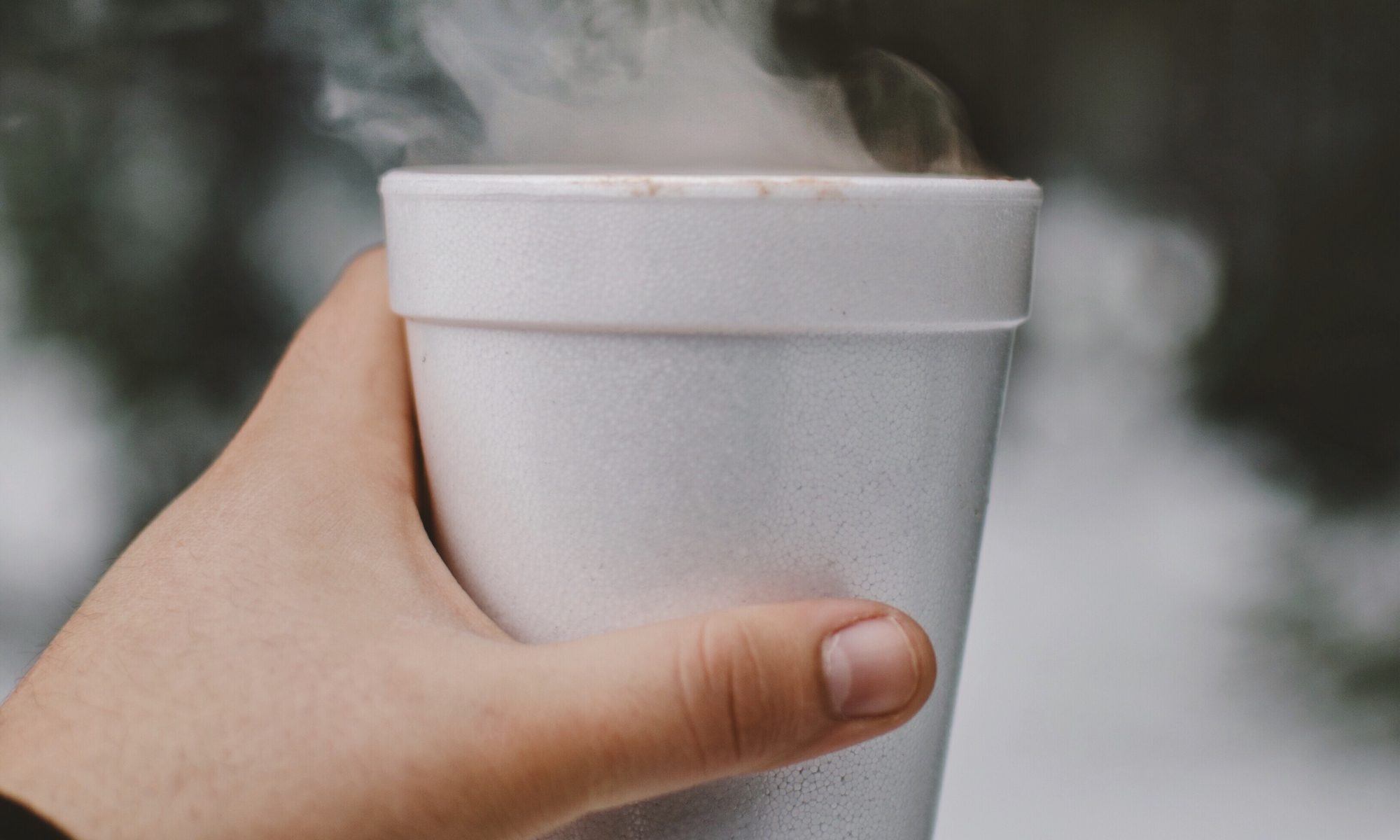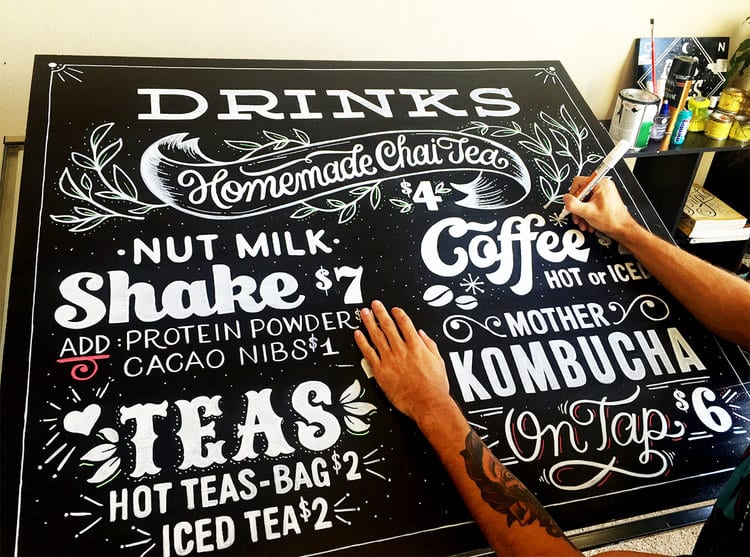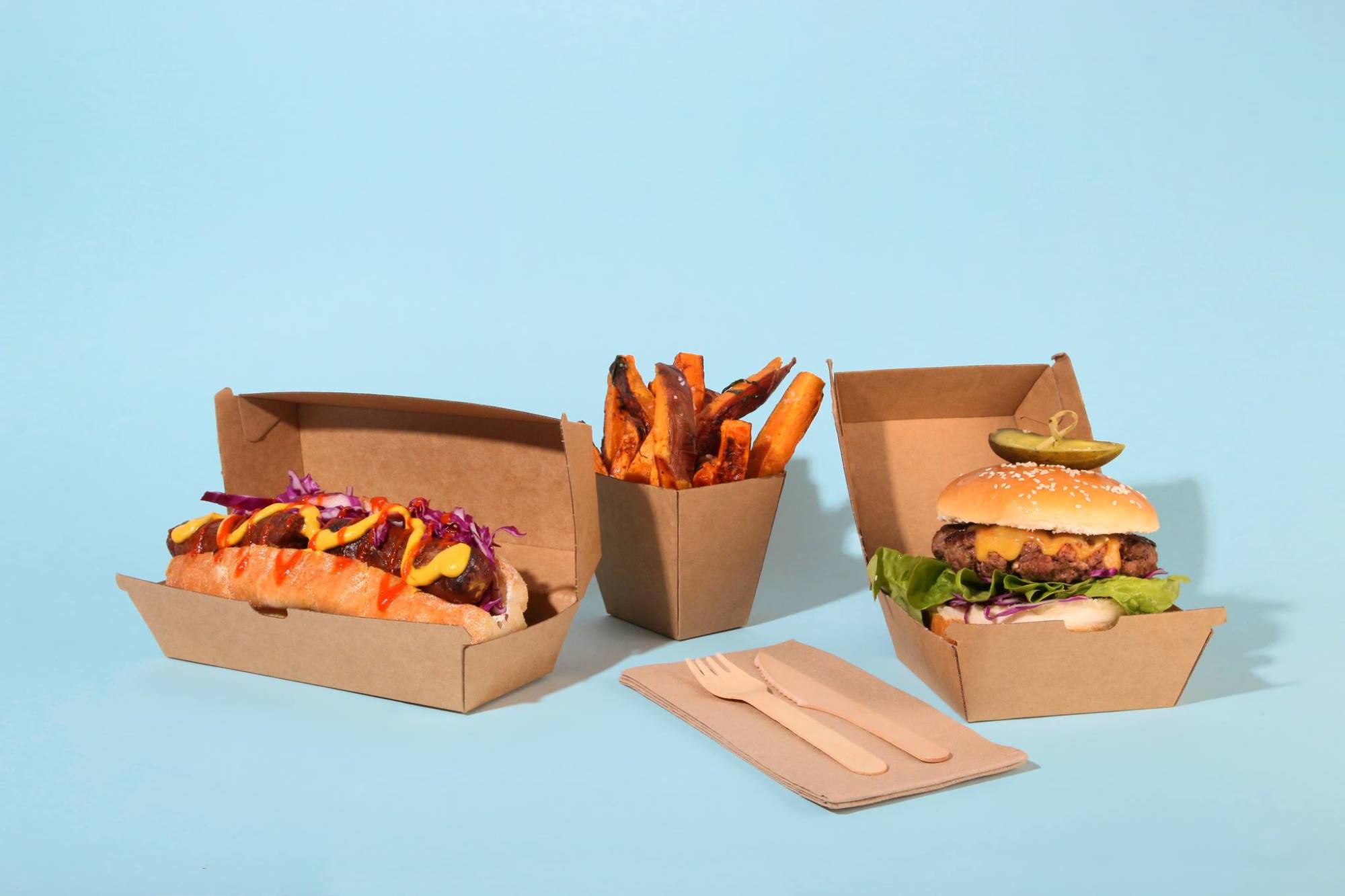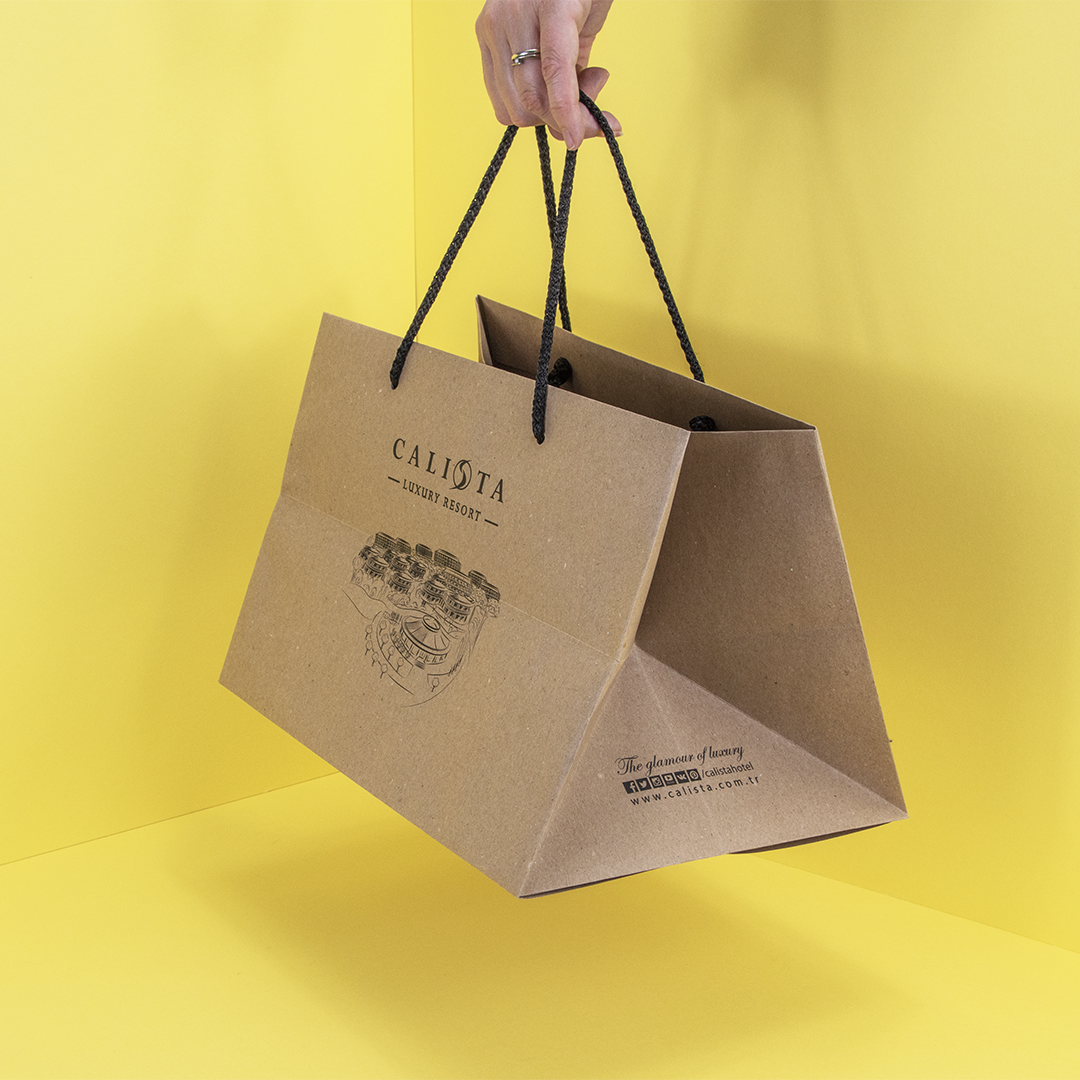Most materials have straightforward waste credentials. For example, things made of out of paper are almost certainly going to be recyclable, compostable and biodegradable. Things made out of single-use plastic, however, are a little more sinister when it comes to disposing of them.
Polystyrene – that foamy material used to create fast-food containers and, when shaped like peanuts, provide the most annoying yet protective addition to parcels – is a little more complex.
Is polystyrene recyclable? Should we even care about it? After all, is it really that bad for the environment? It isn’t as talked about as plastic packaging is, so it mustn’t be. Right? In this blog post, we’ve crafted the ultimate Q&A about polystyrene, including whether it’s recyclable, its environmental impact and what packaging alternatives exist for businesses to use.
Q: What Even is Polystyrene? And, Why Does No One Talk About It?
A: That’s the thing, polystyrene is, in fact, a form of plastic. Although polystyrene is plastic, it’s lesser talked about than some of the other plastic types that we’re well acquainted with – like PET (polyethylene terephthalate) used to make plastic bottles, for example. Beware, polystyrene is potentially even more hazardous.
Polystyrene (PS) is sometimes named Thermocol as it’s a synthetic polymer that, when heated, can be cast into moulds. Remember those little S-shaped peanuts that fall from your online orders? Those impossible to hoover squidgy shapes are made from polystyrene.
Polystyrene seems like it is less publicly scrutinised than other forms of plastic. Other everyday items like plastic bottles and shopping bags seem to get the brunt of the packaging debate, with government taxation to match it. Some cities – like New York City – are clamping down on polystyrene use and a small part of the packaging war is attributed to it.
Perhaps polystyrene is a trickier material to have act as the poster girl for packaging change as it’s less controlled by consumers and shifts the responsibility to companies. Whereas items like water bottles can be replaced by stainless steel reusable cups, packaging peanuts and takeout boxes are only controlled by the shipment and restaurant firms.
Our guess is that polystyrene doesn’t make a compelling enough argument to encourage people to think twice about their waste. Using polystyrene to spark the packaging debate would likely result in people thinking “well the packaging companies should change their ways, there’s nothing that I can do about it.”
Nonetheless, polystyrene should be talked about – especially if you open a package only to discover those nightmarish S-shapes and don’t know what to do with them.
Q: The Big Question – Is Polystyrene Recyclable?
A: Despite most people’s common belief, we’re here to set the record straight – polystyrene is sometimes recyclable.
Don’t breathe a sigh of relief yet though, this material is commonly non-recyclable and will only be recycled correctly if you do your research and make sure it’s disposed of responsibly.
Q: Oops! I Have Some Polystyrene Already, What Should I Do?
A: Although polystyrene is commonly non-recyclable (ouch!) it’s always worth checking your local council’s, town’s or state’s recycling policies to figure out if they offer any additional services.
If you’re living in the UK, you should visit the Recycle Now website to learn more about recycling in your area. All you need to do is type in your home’s postcode to find about a specific item, locate your nearest recycling facilities and figure out what each domestic recycling bin should be used for.
Recycle Now even have a dedicated polystyrene page that breaks the bad news – only a few councils will have facilities to accept polystyrene as household waste. Fingers crossed that you live in a lucky area!
At the very least, consumers are advised to recycle polystyrene by reusing it (so long as it isn’t food-based as this is dangerous). If you’ve been given packing peanuts you can reuse them for your own packing purposes or deliver them to UPS – a global shipping company that accepts polystyrene from the public.
Q: I’ve Managed to Recycle My Polystyrene, What Happens Next?
A: If you’ve done the impossible and found a recycling home for your polystyrene, you might be wondering how recycling polystyrene works. HowStuffWorks has a comprehensive four-page explanation of this on their site.
In short, polystyrene is a plastic that is incredibly difficult to recycle. This doesn’t mean that polystyrene can’t ever be recycled, but nine times out of ten, polystyrene will simply end up floating about in the environment. The exception is Expanded Polystyrene (EPS) which is 100% recyclable, but will likely not be recycled if mixed in with other household items, during waste disposal.
If you’ve already rid yourself of the unwanted polystyrene and handed the material over to the local council, it’s likely that the council will work with third-party companies to produce new products with the substance.
Q: Why’s It Such a Big Deal to Recycle Polystyrene?
A: You might think, what’s all the fuss about? Washed up whales are often seen with discarded plastic bottles in them and scare stories about animal suffocation focus on plastic bags, but don’t be fooled – polystyrene is not a saintly material.
Polystyrene is an incredibly light material that usually takes up a fair amount of space. When used for its purpose in packaging, this can be a positive thing – a fragile vase has no space to move around in transit and get damaged if the package is stuffed with a polystyrene mould. However, when it comes to controlling waste, polystyrene takes up a lot of room and causes bins to overflow and make it difficult for normal households to dispose of the substance in a responsible manner.
The truth is that polystyrene is made from benzene and styrene which are both carcinogens – substances that are capable of causing cancer and negatively affect wildlife. Polystyrene can’t biodegrade* and instead deteriorates as a result of the sun. These foam particles are difficult to manage and when they’re in the ocean they pose a real threat to fish and other wildlife.
*There’s an exception to the rule. The only time that polystyrene will ever biodegrade is if a certain type of mealworm ingests the substance. Once in the mealworm’s guts, bacteria can convert the styrene into biodegradable PHA (Polyhydroxyalkanoates).
Q: What Polystyrene Alternatives Exist?
A: As a company honed in on the takeaway sector, we don’t have great insights into shipment companies. But what we will say is that the world’s largest retailer, Amazon, forbids the use of polystyrene in their packages and manages to deliver up to five billion packages in a given year without it.
To learn more about polystyrene alternatives for food consumption, visit our online shop where you’ll find a variety of alternative packaging options. Our ranges include Kraft board and other innovative materials that use sugar cane residue.

